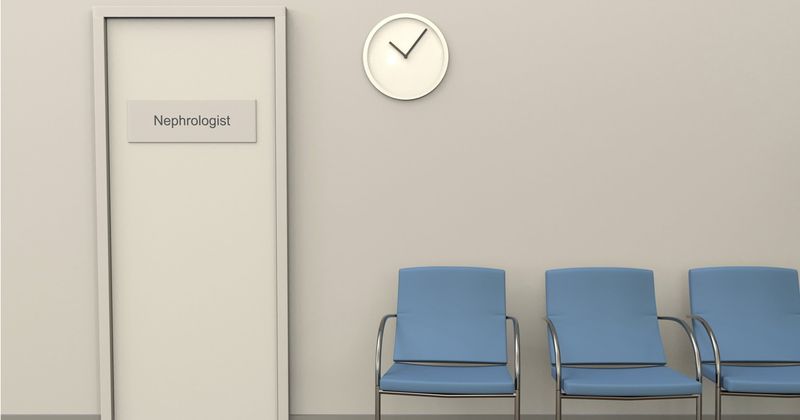Study reviews survival timeline in patients who end dialysis
Key takeaways:
- At time of referral to a kidney supportive care service, 31% of patients on dialysis had ischemic heart disease or congestive cardiac failure; 5% had dementia.
- Overall, 50% of patients died in an acute hospital.
PHILADELPHIA — Patients with kidney disease who opted to withdraw from dialysis typically survived around 1 week, according to data presented at ASN Kidney Week.
Researchers conducted a retrospective analysis of patients referred to a kidney supportive care service who stopped hemodialysis or peritoneal dialysis between 2016 and 2023.

“Kidney supportive care provides holistic care to patients coming to the end of their dialysis life,” researcher Monica S. Ng, PhD, of the Metro North Hospital and Health Service in Australia, told Healio. The goal “was to examine the survival of patients after withdrawal.”
The study analyzed patients’ medical reason for referral, choices involving advance care planning and preferred place of death. Investigators accounted for factors such as age, sex and ethnicity, and documented date of dialysis withdrawal, death and palliative care.
A total of 157 patients withdrew from dialysis over a period of 7 years, including 132 who stopped hemodialysis and 25 who ended peritoneal dialysis. Mean age of the group was 72.4 years.
At time of referral to a kidney supportive care service, researchers found a significant burden of comorbidities among patients who discontinued dialysis. Overall, 31% had ischemic heart disease or congestive cardiac failure; 5% were diagnosed with dementia.
Patients withdrew from dialysis a median of 205 days after referral for kidney supportive care, according to the findings. Patients who stopped hemodialysis survived a median of 7 days and those who ended peritoneal dialysis survived a median of 6 days.
Overall, 50% of patients died in an acute hospital, 24% at home and 23% in a palliative care unit, the study showed. Meanwhile, of the 74 patients who had indicated their preference, 47% wished to die at home (46% did); 22% chose to die in a palliative care unit (69% did); and 26% preferred to die in an acute hospital (74% did).
“Most patients died in acute care settings, which was often not in keeping with their wishes,” the authors wrote in the study abstract. “This may have been due to acute medical complications or sudden deterioration limiting transfer to their preferred place of death.”
The key takeaways, according to Ng: “Survival after withdrawal from dialysis is short, even for patients withdrawing from peritoneal dialysis. With involvement of kidney supportive care more than 50% of patients were able to die in the place of their choosing.”

